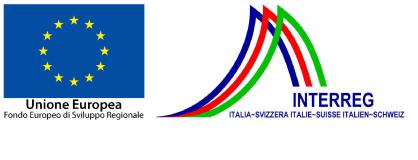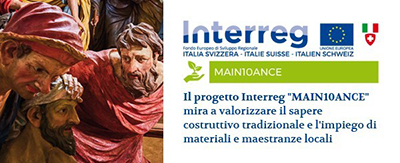Historical Notes
A small hermit sacellum chapel, perhaps dating back to the VIII-IX century, once stood where the Sanctuary was then built along a strategic path connecting the Po Valley and Val d’Aosta. It was the bishop of Vercelli, Aimone of Challant, who, at the end of the thirteenth century, consecrated a new church and left the statue of the Black Madonna as a gift. After the plague of 1599, a new larger church was built, which preserved the previous building under the dome and was nearly completed in 1620 when the first solemn coronation of the Virgin Mary was celebrated, at the presence of a large crowd. On that occasion, the idea of creating a Sacred Mount was born to promote the worshiping of the Virgin Mary by enriching it with the story of her life through images.
The success of the First Coronation strengthened the relationship with the Savoy dynasty that ordered the court architects to be involved in the expansion of the Sanctuary between the seventeenth and eighteenth centuries, until it was turned into a large suburban residential complex similar to the royal villas of Rivoli, Racconigi or Venaria Reale. In 1725, Filippo Juvarra built the new spectacular entrance door of the sanctuary. The ties with the House of Savoy are proven by the numerous portraits preserved in the Royal Apartment in the Treasure Museum.
The project of the Sacred Mount was finalized by a Capuchin friar, Fedele da San Germano, between 1617 and 1620, and it called for twenty-five chapels. The idea was to create a complementary and preparatory narrative path for the visit and worship of the Madonna of Oropa, with life-size colored statues of great visual impact such as as those of the Sacred Mount of Varallo and Sacred Mount of Varese. The project, started in 1617 and completed around 1720, took shape thanks to the support of the local community of Biella and surrounding areas and the local noble families. For the interior furnishing, the d'Enrico modelers from Valsesia were called. They had also worked for the Sacred Mounts of Varallo and Orta. The figures created by Giovanni d'Enrico are easy to recognize for their exceptional realism and natural and spontaneous postures that convey their emotions. D'Enrico would shape faces with marked features, wrinkled foreheads, bright eyes, nervous hands, while beards and hair were made of natural elements to highlight their realism, as seen in the Chapels of the Marriage, Marriage at Cana and Heaven.







 Questo portale www.sacrimonti.org è un progetto finanziato a valere sui fondi della Legge 20 febbraio 2006, n. 77
Questo portale www.sacrimonti.org è un progetto finanziato a valere sui fondi della Legge 20 febbraio 2006, n. 77 



